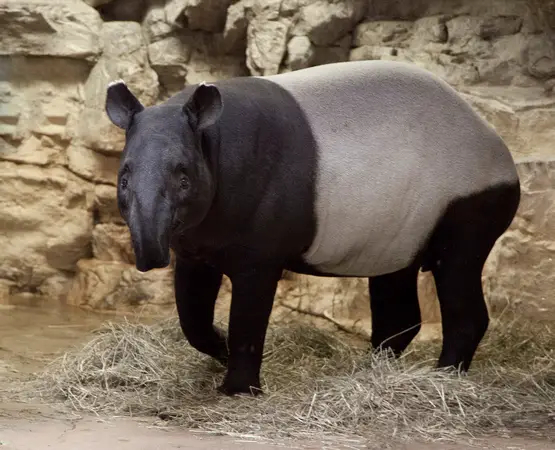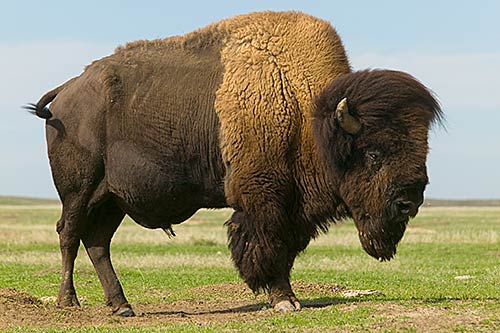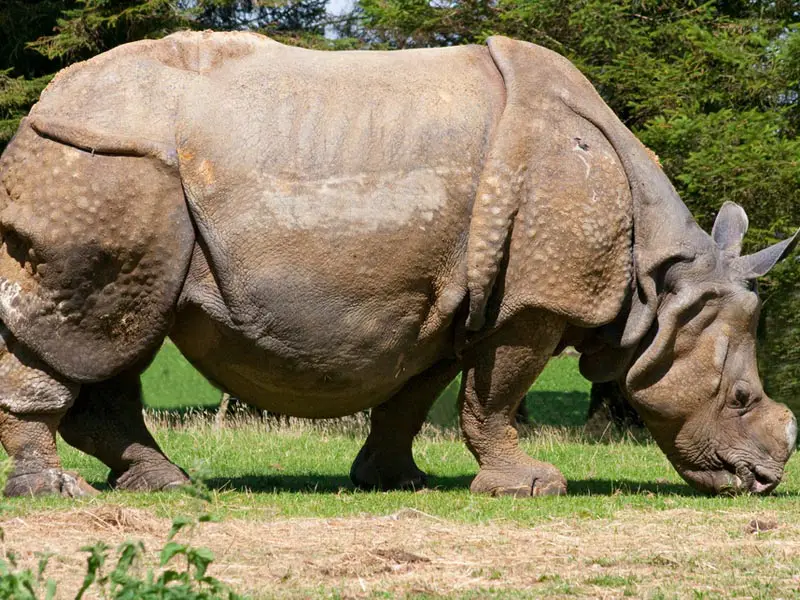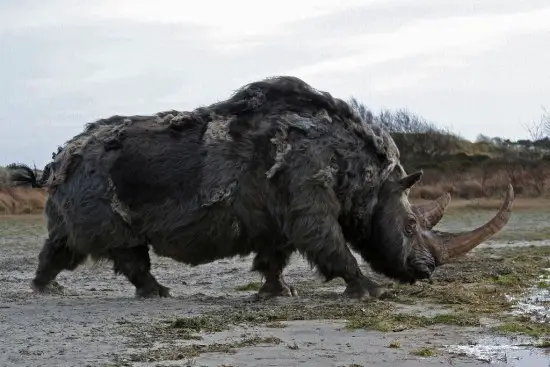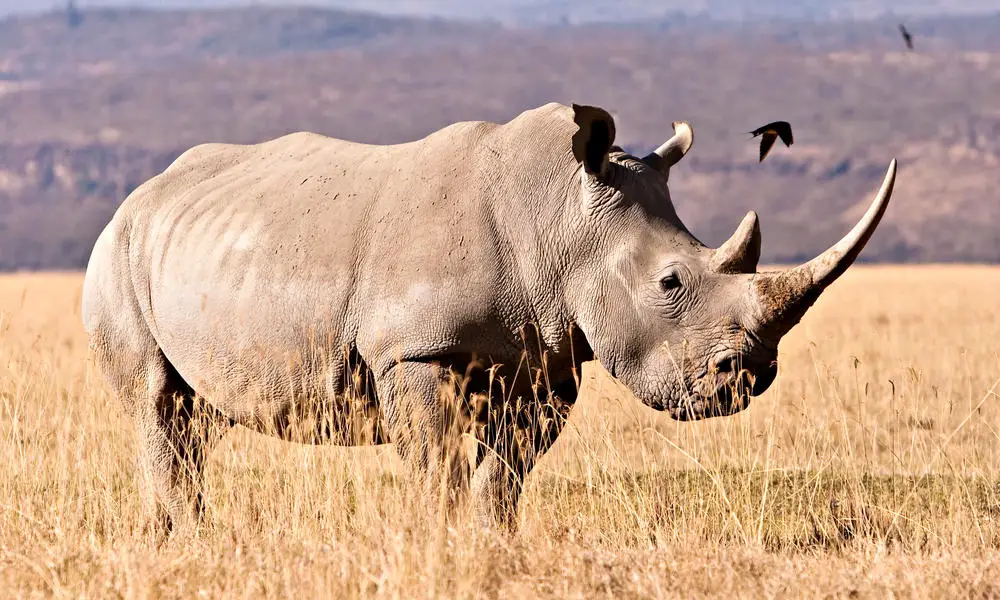Category: Perissodactyla (Odd-toed ungulates)
-
Malayan Tapir Facts | Anatomy, Diet, Habitat, Behavior
The Malayan tapir (Tapirus indicus) is an endangered species and it belongs to the family Tapiridae. There are total five species of tapirs out of which Malayan tapir is the largest. The tapir is native to Asia. Malayan tapirs are distinguished by their black and white plumage and long snout. Malayan tapirs are the largest…
Written by
-
American Bison Facts | Anatomy, Diet, Habitat, Behavior
The American bison (Bison bison) is a North American buffalo that is typically found in the United States and the northwestern Canada. It is likely to graze on the grasslands of northern Mexico. It is arguably the largest living land mammal in the United States. In the 19th century humans have hunted bison to almost…
Written by
-
What Do Rhinos Eat | Rhinos Diet & Feeding Behavior
The rhinoceros (Rhinocerotidae) is an herbivorous mammal which means that it never hunts for the food because it doesn’t need to. All rhino species seem to rely on vegetable matter including fruits for the consumption. They spend most of the time browsing through the wild habitats while searching out green matter to feed on. What…
Written by
-
Indian Rhinoceros Facts | Anatomy, Diet, Habitat, Behavior
The Indian rhinoceros (Rhinoceros unicornis) is a large rhino species native to the Indian Subcontinent. It is found in the riverine forest as well as alluvial grassland of India. IUCN Red List has listed Indian rhino as vulnerable for their range is limited to only 20,000 km2. The rhino is one of the largest terrestrial…
Written by
-
Black Rhino Facts | Anatomy, Diet, Habitat, Behavior
The black rhinoceros (Diceros bicornis) is a native mammal of Africa that is typically found in the savanna vegetation of southwest Cape to Somaliland. Like other rhinos, the black rhino is also solitary except during the breeding season. It is also called the hook-lipped rhinoceros. The animal is critically endangered. Black Rhino Facts Anatomy The…
Written by
-
Javan Rhino Facts | Anatomy, Diet, Habitat, Behavior
The Javan rhino (Rhinoceros sondaicus) lives in the lowland rainforests of the Southeast Asia but it is a rare rhino species. The animal is a browser and it has got an armor-like skin. There is hardly a single javan rhino remaining in the wild and IUCN has listed it as critically endangered species. Javan Rhino…
Written by
-
Sumatran Rhino Facts | Anatomy, Diet, Habitat, Behavior
The Sumatran rhinoceros (Dicerorhinus sumatrensis) is the world’s smallest rhino species. Once distributed in the swamps and rainforests of Thailand, China, Maynmar, Laos, Bangladesh, Bhutan, and India, is now critically endangered. The Sumatran rhino is a rare species in the wild also because they move alone. Sumatran Rhino Facts Anatomy The body length of…
Written by
-
Woolly Rhino Facts | Anatomy, Diet, Habitat, Behavior
The woolly rhinoceros (Coelodonta antiquitatis) believed to be around for thousands of years. It had even existed during the Ice Age. The woolly rhino is now extinct but the animal once lived in the northern Asia and Europe. Scientists have found the remains of woolly rhino from the U.K., Kamchatka, and other parts of Eurasia.…
Written by
-
White Rhino Facts | Anatomy, Diet, Habitat, Behavior
The white rhinoceros (Ceratotherium simum) is the largest living rhino species with the heaviest specimen ever recorded at 3,600 kilograms. The southern white rhinos are the most abundant rhinos in the world with the population of more than 17,000 individuals back in Dec 2007. It is also one of the largest land mammals—second only to…
Written by
-
Are Zebras Endangered | Saving Zebras
Zebras are the species of African equids and they are separated by their unique black and white stripes. They are medium-sized herbivores with long necks and heads. The legs are slender. The African zebras are classified into three distinct species: Grevy’s zebra, the plains zebra and the mountain zebra. Are Zebras Endangered Some of the…
Written by
-
Rhino Facts For Kids | Heavy Ungulates
Rhinoceros (Rhinocerotidae) is a large and bulky ungulate with one or sometimes two horns on the snout, possessing three toes on each limb. They have a hairless body. Rhino’s horns often remind us of the typical horns of antelopes, cattle, or even a goat. They have a thick skin that varies between 0.5 and 1.8…
Written by

